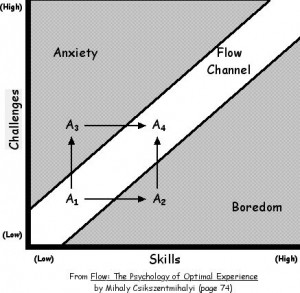“If you can revive the ancient and use it to understand the modern, then you’re worthy to be a teacher.” – Confucius
Confucius (around 500 BC), stood for family loyalty, ancestor worship, respect of elders, and ritual. He argued that society was made up of the structure of human relationships, and that to be fully human you had to fulfill your role in society with respect to others. He also argued for egalitarian education for all and a meritocracy, as well as espousing an early version of the Golden Rule. While alive, he was one of many philosophers: after his death, his philosophy would be adopted as an official creed in China, and Confucianism is one of the most lastingly influential creeds in history. It also came to stand for obedience to authority and sacrifice of the individual, but at least from the Analects it’s not clear that’s a fair interpretation.
In any case, I thought I’d share a few quotes that struck me!
General Advice
“When you’re an official with free time, study. When you’re a student with free time, take office.”
“For people to talk all day, enthralled with their clever chitchat, and never once mention right or wrong – that must be difficult indeed!”
À la Rumsfeld: “When you understand something, know that you understand it. When you don’t understand something, know that you don’t understand it. That’s understanding.”
On governing
“I can hear a court case as well as anyone. But we need to make a world where there’s no reason for a court case.”
“One day the stables burned down. When he returned from court, the Master asked: ‘Was anyone hurt?’ He didn’t ask about the horses.”
On Society
“To be poor and free of resentment is difficult. To be rich and free of arrogance is easy.”
“We’re all the same by nature. It’s living that makes us different.”
“Don’t grieve when people fail to recognize your ability. Grieve when you fail to recognize theirs.”
